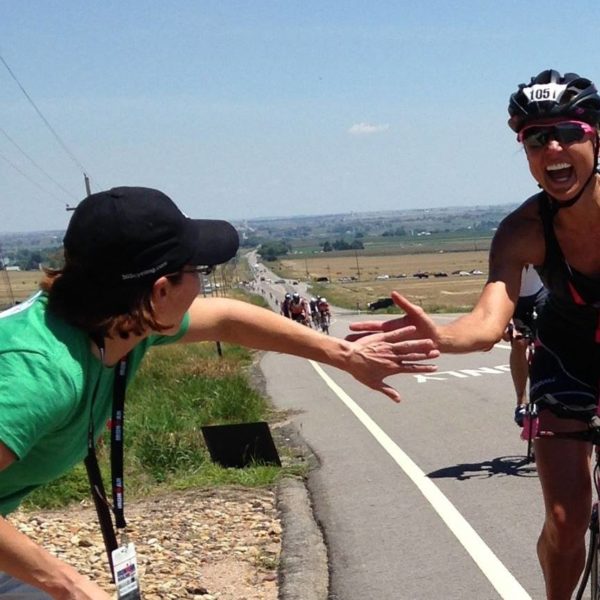Ty would like to know how to train right to avoid cramping. He writes, “It has come up a few times for me – first on the PP Ascent then on the XTERRA 1/2 Marathon race. I thought I had trained right and did not experience any problems during training but on actual race day experienced cramps on the Ascent towards the top. Slowed my time down considerably.”
Cramping is a common issue that athletes face. There are a few thoughts on cramping out in the sport performance world. Here are the most common:
- Cramping has to do with electrolyte balance so consuming additional electrolytes, staying hydrated will reduce/prevent cramps (I think you hear this the most from sports supplement companies)
- Cramping has to do more with race preparation – are your muscles prepared to go race speed?
Let’s looks at thought 1, electrolyte balance. We should try to maintain electrolyte balance in our bodies so that our bodies will continue to function properly. Active.com has a good basic article on electrolytes, I touched on the subject in a previous Ask the Coach post, and here is a more in-depth look at electrolytes from the First Endurance blog. (Note: First Endurance is a sports nutrition company, but it’s a pretty thorough post.)
The question of calf cramping actually came up this week on the USA Triathlon coaches forum, and some suggestions were to evaluate the athlete’s diet (ie consumption of leafy greens that contain calcium and magnesium, which aid in muscle contraction and relaxation) and blood electrolyte concentrations to see if there was a deficiency. Certainly for optimal performance athletes should make sure they are keeping their bodies in balance on a daily basis and are consuming adequate amounts of nutrients in their diets (best done by eating natural, non-processed foods). While it seems clear that electrolytes are important for sports performance, is it the only contributing factor in cramping, if at all? Probably not.
Now let’s look at thought 2, specific preparation as the cause for cramping.
Training Bible coach Jim Vance wrote this blog post in response to the USAT Coaches discussion, which summarizes the performance aspect. When we look at race preparation, we want to make sure we include training at race conditions and paces. Races like the Pikes Peak Ascent and the XTERRA half marathon, are very hilly races, and put a lot of strain on the leg muscles. Because I don’t know at what paces or conditions Ty trained, I can’t comment on his specific preparedness, but in order to complete a challenging race, one must include challenging paces (and elevation gain in his case) in training. Running form can also play a role. If your technique is such that it puts additional strain on a particular muscle group, your muscles might be more likely to protest via a cramp when the intensity or duration becomes too great.
Another point that we can bring up is general muscle tightness. The more we train, the tighter our muscles will get if we don’t keep them loose with stretching, massage, foam rolling, or other similar techniques. If over your training period your muscles are getting progressively tighter, they might tighten up beyond comfort during your race.
If you are self-coached and prone to cramps during a race and not in training, have a professional evaluate your training plan and possibly your running form, or bike fit for cyclists. The cost of a consultation will be well-worth finishing at a pace for which you are prepared!






